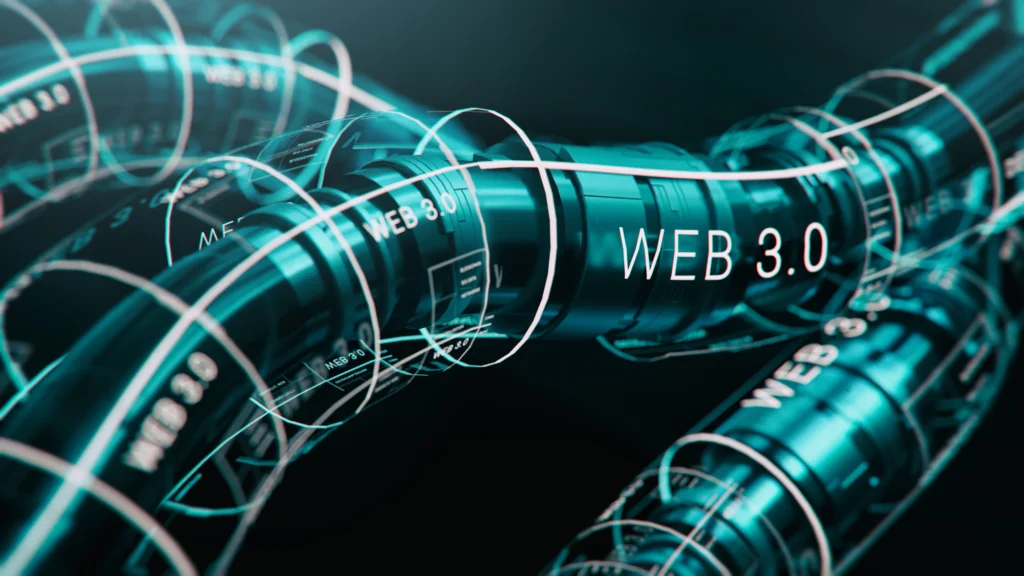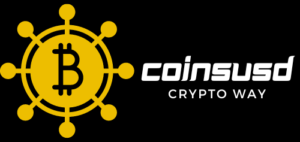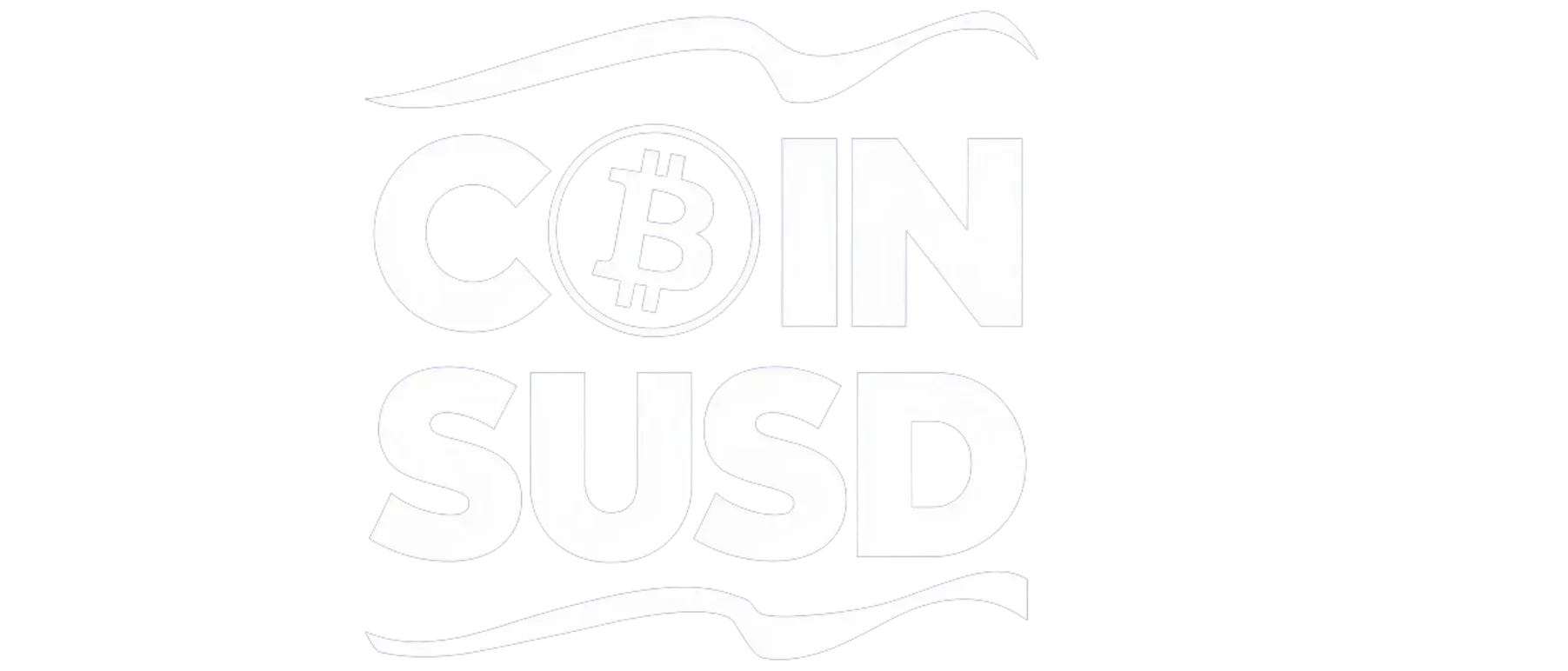Web3, often referred to as the next generation of the internet, represents a decentralized and user-centric web. It builds upon the foundations of Web1 (the static, read-only web) and Web2 (the interactive, read-write web) by introducing a new paradigm of the read-write-own web. Here’s a detailed breakdown of what Web3 is:
Table of Contents

Core Principles of Web3
- Decentralization:
- Web3 is characterized by its decentralized nature. Instead of being controlled by a few large entities (like in Web2), Web3 applications (dApps) run on decentralized networks, such as blockchain technology. This means no single entity has control over the entire network.
- Blockchain Technology:
- At the heart of Web3 is blockchain, a distributed ledger technology that ensures transparency, security, and immutability of data. Blockchain allows for peer-to-peer interactions without the need for intermediaries.
- Smart Contracts:
- Smart contracts are self-executing contracts with the terms of the agreement directly written into code. They automate and enforce agreements without the need for a trusted third party, reducing the risk of manipulation or fraud.
- Tokenization and Digital Assets:
- Web3 introduces the concept of tokenization, where real-world and digital assets can be represented as tokens on the blockchain. This includes cryptocurrencies like Bitcoin and Ethereum, as well as non-fungible tokens (NFTs) that represent unique digital items.
- User Ownership and Control:
- In Web3, users have more control over their data and digital identity. Through decentralized identifiers (DIDs) and self-sovereign identity (SSI) solutions, users can manage their personal information without relying on centralized entities.
Key Components and Technologies
- Cryptocurrencies:
- Digital currencies like Bitcoin and Ethereum play a crucial role in Web3 by providing a means of exchange and a way to incentivize network participation.
- Decentralized Applications (dApps):
- dApps are applications that run on decentralized networks, offering similar functionalities to traditional apps but without centralized control. Examples include decentralized finance (DeFi) platforms, gaming, and social media dApps.
- Interoperability:
- Web3 aims for interoperability between different blockchains and decentralized networks. Protocols like Polkadot and Cosmos are working towards enabling seamless communication and data transfer across various blockchain ecosystems.
- Decentralized Autonomous Organizations (DAOs):
- DAOs are organizations governed by smart contracts and decentralized decision-making processes. They allow for community-driven governance and transparent operations without hierarchical structures.
Potential Impact of Web3
- Enhanced Privacy and Security:
- Web3’s decentralized nature reduces the risk of data breaches and gives users greater control over their personal information.
- Financial Inclusion:
- Decentralized finance (DeFi) platforms can provide financial services to unbanked and underbanked populations worldwide, bypassing traditional banking systems.
- New Economic Models:
- Tokenization enables new business models and revenue streams, such as microtransactions, digital collectibles, and decentralized marketplaces.
- Democratization of the Web:
- By removing intermediaries and enabling peer-to-peer interactions, Web3 can democratize access to information, services, and opportunities.
Challenges and Considerations
- Scalability:
- Current blockchain networks face scalability issues, which need to be addressed to support widespread Web3 adoption.
- Regulation:
- The regulatory landscape for Web3 is still evolving, and there is uncertainty around how governments will regulate decentralized technologies and digital assets.
- User Experience:
- For mainstream adoption, Web3 applications need to offer a user experience that is as smooth and intuitive as current Web2 applications.
Web3 represents a transformative shift towards a more open, transparent, and user-centric internet, promising significant advancements in how we interact, transact, and govern in the digital world.

